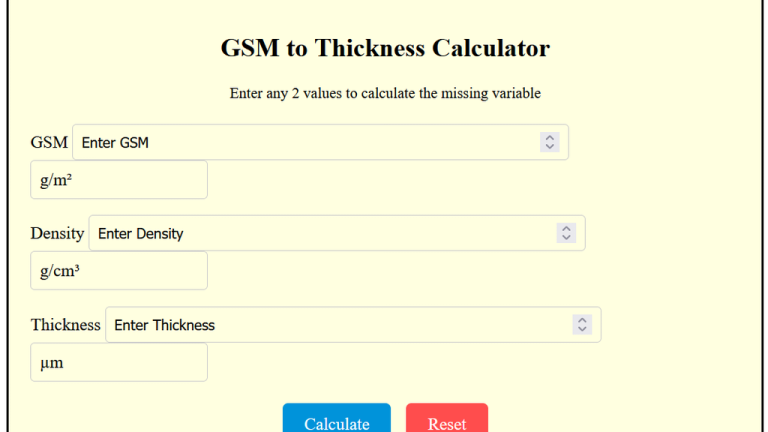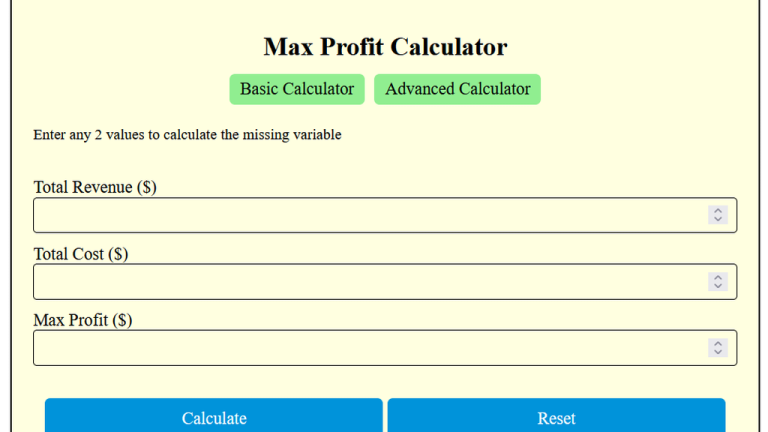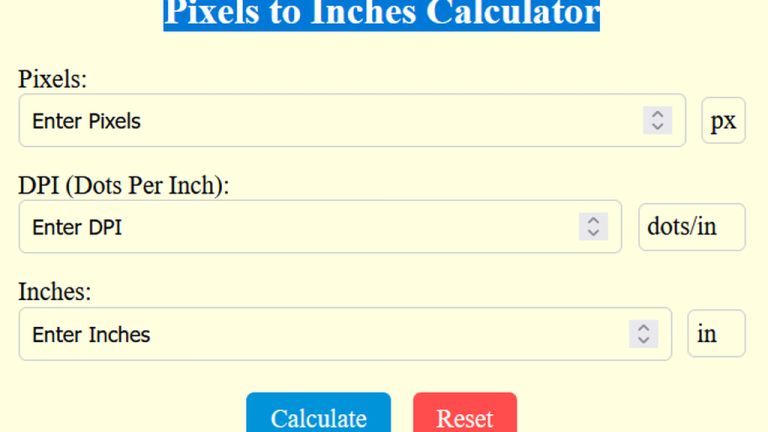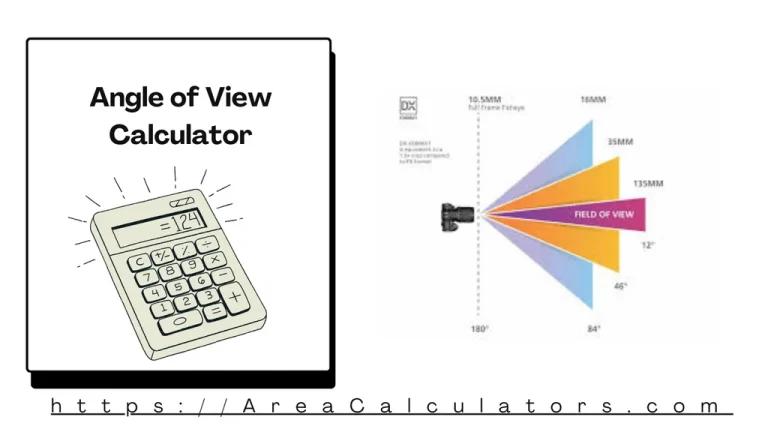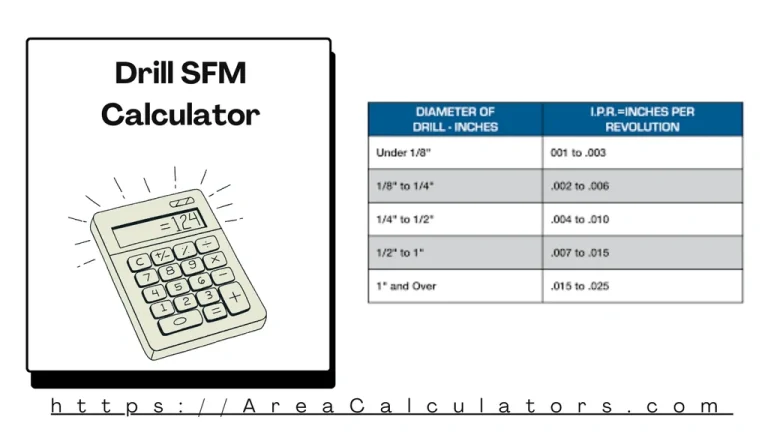40th Percentile Calculator
Simply put the values to use our basic and advanced calculator for quick and accurate calculations!
The 40th Percentile Calculator lets you to find the value below which 40% of a dataset falls. It’s ideal for analyzing test scores, baby growth, or other data, because it provides a quick and easy way to determine where a value stands within a group.

Formula:
The formula is:
The 40th percentile is calculated using the formula: P40 = 1 + (n – 1) * 0.40, where P40 represents the 40th percentile and n is the total number of observations in the data set.
Variables:
| Variable | Meaning |
|---|---|
| P40 | The position of the 40th percentile in the data set |
| n | The total number of data points in the data set |
| 0.40 | The constant for calculating the 40th percentile |
Solved Calculations :
Example 1:
Given:
- Total number of data points (n) = 10
| Calculation | Instructions |
|---|---|
| Step 1: P40 = | Start with the formula. |
| Step 2: P40 = | Replace n with 10. |
| Step 3: P40 = | Subtract 1 from 10. |
| Step 4: P40 = | Multiply 9 by 0.40. |
| Step 5: P40 = 4.6 | Add 1 to 3.6 to get the position of the 40th percentile. |
Answer:
The 40th percentile is at position 4.6 in the data set.
Example 2:
Given:
- Total number of data points (n) = 25
| Calculation | Instructions |
|---|---|
| Step 1: P40 = | Start with the formula. |
| Step 2: P40 = | Replace n with 25. |
| Step 3: P40 = | Subtract 1 from 25. |
| Step 4: P40 = | Multiply 24 by 0.40. |
| Step 5: P40 = 10.6 | Add 1 to 9.6 to get the position of the 40th percentile. |
Answer:
The 40th percentile is at position 10.6 in the data set.
What is 40th Percentile Rule ?
This calculator is essentially vital in various fields, from academic testing to analyzing height, weight, or even income distribution in a population. It helps you to figure out the 40th percentile of a given dataset, which is the value below which 40% of the data points lie.
In simple terms, if you’re in the 40th percentile, 40% of the values in your data set are below you, and 60% are above. For example, in a test, scoring in the 40th percentile means that you performed better than 40% of the participants.
Final Words:
This calculator is a great way for the distribution analysis and to figure out relative standing within a data set. It indicates that 40% of the values lie below that point, providing insight into the spread and behavior of the data.

